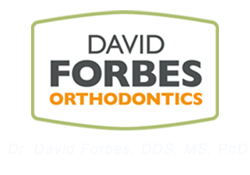
Roughly 3-5% of the population is missing a tooth. The tooth is absent because it never formed. If you walk down the street and pass twenty people, one of the people you pass will naturally be missing a tooth. The most common tooth to be missing is a third molar (no big deal) however, the […]









